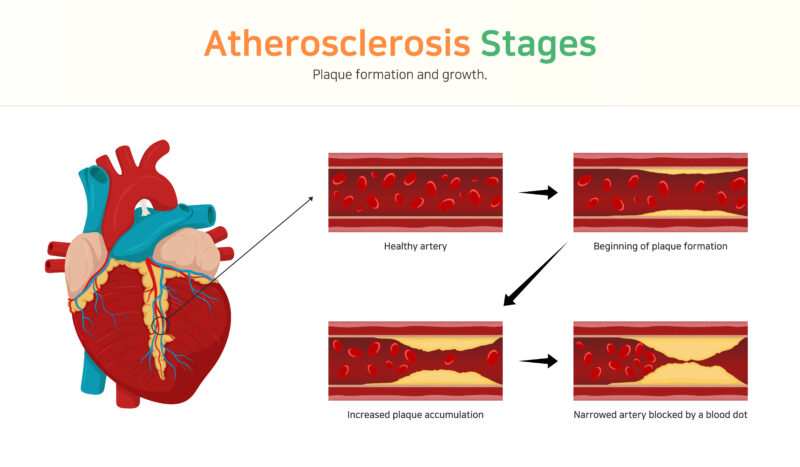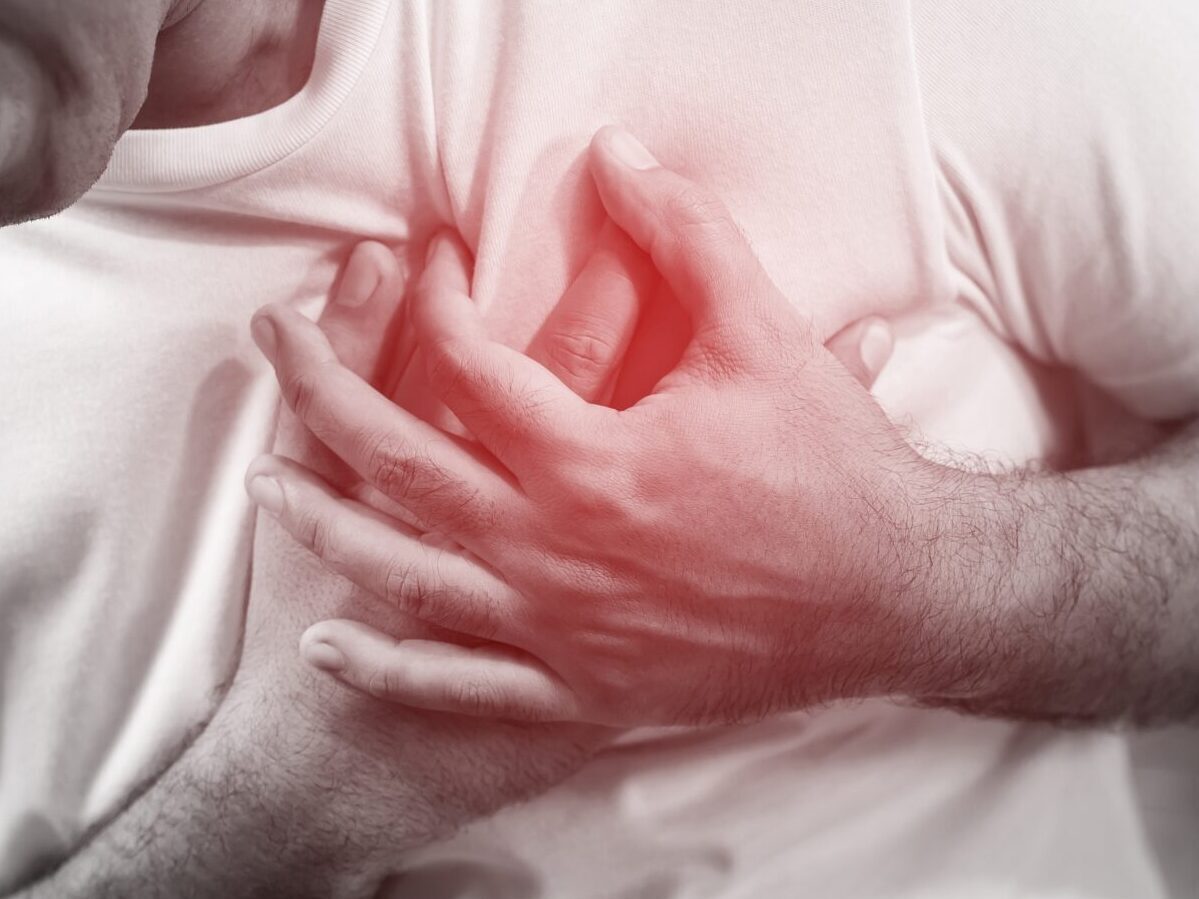According to a WHO study, India accounts for about one-fifth of deaths from cardiovascular diseases worldwide in the younger population. Although the average age of heart attack is high at 65, young people under the age of 45 are now more prone to cardiovascular diseases.
Patriot talks with Dr Ashish Jai Kishan, consultant cardiologist at Fortis Escorts Heart Institute to understand the trend of cardiovascular diseases among young adults of age 20-40.
Types of cardiovascular diseases in youngsters
Heart attacks account for 80% of the cardiovascular details. Heart attacks occur when there is a blockage in any of the three arteries.
As per the data from Cardiology Society, the increased chance of heart attack is 4-10% under the age of 45, with men in the majority. In the case of younger men, 60% of heart attacks occur due to blockage in any one of the arteries.
The rest 20% of the heart diseases are caused by various reasons. An in-birth abnormality in the coronary artery results in 4% of the disease. When a blood clot forms anywhere in the body, it can eventually block the arteries and result in 5% of the total disease.
The other 5% comes from the abnormality in the blood, where the blood itself has the propensity to form clots. The last 6% comprises miscellaneous causes like a spasm or inflammation in the coronary artery – which is more common in females, chest tumour for which radiation therapy is required, traffic accidents with chest trauma, and most importantly, drug abuse with cocaine or amphetamine.
Causes of sudden death
“Everybody starts wondering what happens when a young person passes away suddenly. This is why certain cardiac deaths in the younger population are a different entity to us cardiologists”, says Dr Kishan.
He adds that 50% of the sudden deaths among young adults are due to cardiac disease, of which 28% are due to coronary atherosclerosis – where the arteries get blocked resulting in the stoppage of blood flow into the heart.
Moreover, 33% of the sudden deaths are due to abnormal coronary anatomy since birth and 20% are due to inflammation of the heart muscle called myocarditis. More than 13% of these people have an abnormality in heart structure (heart muscle) and the remaining might be due to rhythmic disorder.
Good and bad cholesterol
When soft fatty material gets deposited in the artery, as a defensive measure, it becomes hard and narrow, resulting in atherosclerosis. It develops due to Low-Density Lipoprotein (LDL) – which means bad cholesterol.
These plaques are called vulnerable because when they get ruptured, platelets get attached to them, resulting in obstruction in normal flow.
LDL can be reduced by completely ceasing smoking, regulating blood pressure, and reducing sugar levels. There are also medicines to bring down LDL levels. High-Density Lipoproteins (HDL) are good cholesterol which can be improved by increasing exercise in our daily lives.
Stenting procedure
A stenting procedure, or any other invention procedure is only done when 70% of the artery is blocked. The patient has to undergo bypass surgery to remove the blockage, as per the guidelines of the American Heart Association. Until 70% of the blockage is treated, the patient is prescribed medication. There are also cases where both stenting and bypass procedures cannot be performed, in which case medication is prescribed.
Stenting was introduced in the early 2000s, before which ballooning was performed to remove the blockages.
“When a plaque gets ruptured, it brings down platelets which get stuck together and stop or reduce the blood flow. In cases of 100% blockage, we have to open it up immediately if the person goes into the blockage suddenly. If a person suddenly develops significant chest pain and the angiogram shows 100% blockage, the procedure is done to get rid of the blockage”, says Dr Kishan.

He further informs that stents ensure that nothing collapses back in, allowing the continuous blood flow. “Till the 2000s, there was Bare Metal Stents (BMS), and later came the Drug Eluting Stents(DES). DES has a drug coating which ensures that the blood vessel doesn’t have blockages in the stent itself. Platelets tend to block anything which it considers as foreign and stent is a forgien substance. The drug coated on the stent prevents the platelets from sticking up on the foreign substance”, he explains.
The chance of heart attack occurring after a stent procedure was more in BMS as the platelets blocked the foreign stent. But there is still a chance of getting a blockage in the DES: it is nearly 5% in the first six months. “Ensuring that the patient is on DES is the first way to help the patients. But, there are certain indications where BMS is required for one or two patients out of 1,000″, says Dr Kishan.
Case studies
A 2017 study conducted by a team of scientists from the US, UK and Australia reviewed nearly 18 research studies around the globe. Around 1.47 lakh patients were analysed based on their birth weight. Nearly 7500 patients had had heart attacks, and the study concluded that those patients who had low birth weight at the time of the birth had an increased chance of heart disease later in life.
The difference of one pound (0.45 kg) in birth weight accounts for the 5-10% of risks over a lifetime. Poor maternal health can be one of the possibilities. Situations like the mother having poor nutrition during the time of pregnancy, committing to maternal smoking, or having a low socioeconomic status, hindered the mother and child from receiving appropriate medication.
According to the Pathobiological Determinants of Atherosclerosis in Youth (PDAY) study conducted in 15 medical centres over seven years between the age group of 15-34 years, smoking and obesity add to the risk of atherosclerosis. The study shows that young people have high levels of LDL, blood sugar and blood pressure due to their lifestyle patterns.
Another study by Coronary Artery Risk Development in Young Adults (CARDIA) was conducted over 15 years among 5,000 people aged between 18 and 30. The study concluded that if you smoke 10 cigarettes a day, the likelihood of having a coronary artery episode is 50%.
If there is a 30 mg/dm of LDL, the chance of having coronary artery disease increases by 50%. Also, the increase of systolic blood pressure (upper BP reading) by 10 mm can increase coronary artery disease by 30%. The rise of 15 mg/dl in sugar level can increase the chance of the disease by 20%.
Family history and lifestyle
Dr Kishan says that family history and genetics also play a part in cardiovascular health, but as of now, there isn’t a particular set of data. “In men, the chance of coronary artery disease increases if your father had a coronary artery disease at under 60 years of age and if your mother had coronary artery disease when she was less than 50. Also, there are subtle markers where men have high chances of having coronary artery disease at a young age compared to women”, said Dr Kishan.
He added that as the age progresses, women and men no longer have any difference; they all stand on the same platform beyond the age of 75. Before menopause, women are protected by their hormones – progesterone and estrogen. After that, women have a significantly higher risk of stroke compared to men.
Excessive consumption of fast food results in increased LDL which increases the risk of being exposed to coronary artery disease. Hypertension, obesity, lack of exercise, diabetes and metabolic syndrome are lifestyle risk factors.
“Excessive workout is not an issue, but consuming excessive steroids on a daily basis can cause obstruction in the coronary arteries. There are steroids present in the protein powder too, which the person isn’t aware of”, says Dr Kishan.
Pandemic effect
“After Covid-19, the propensity of having blood clots has increased. People started to rely more on fast food and online food deliveries. With work from home, exertional activity was limited. This has resulted in obesity which contributes to the risk factors”, concludes Dr Kishan.
For more stories that cover the ongoings of Delhi NCR, follow us on:
Instagram: https://www.instagram.com/thepatriot_in/
Twitter: https://twitter.com/Patriot_Delhi
Facebook: https://www.facebook.com/Thepatriotnewsindia





